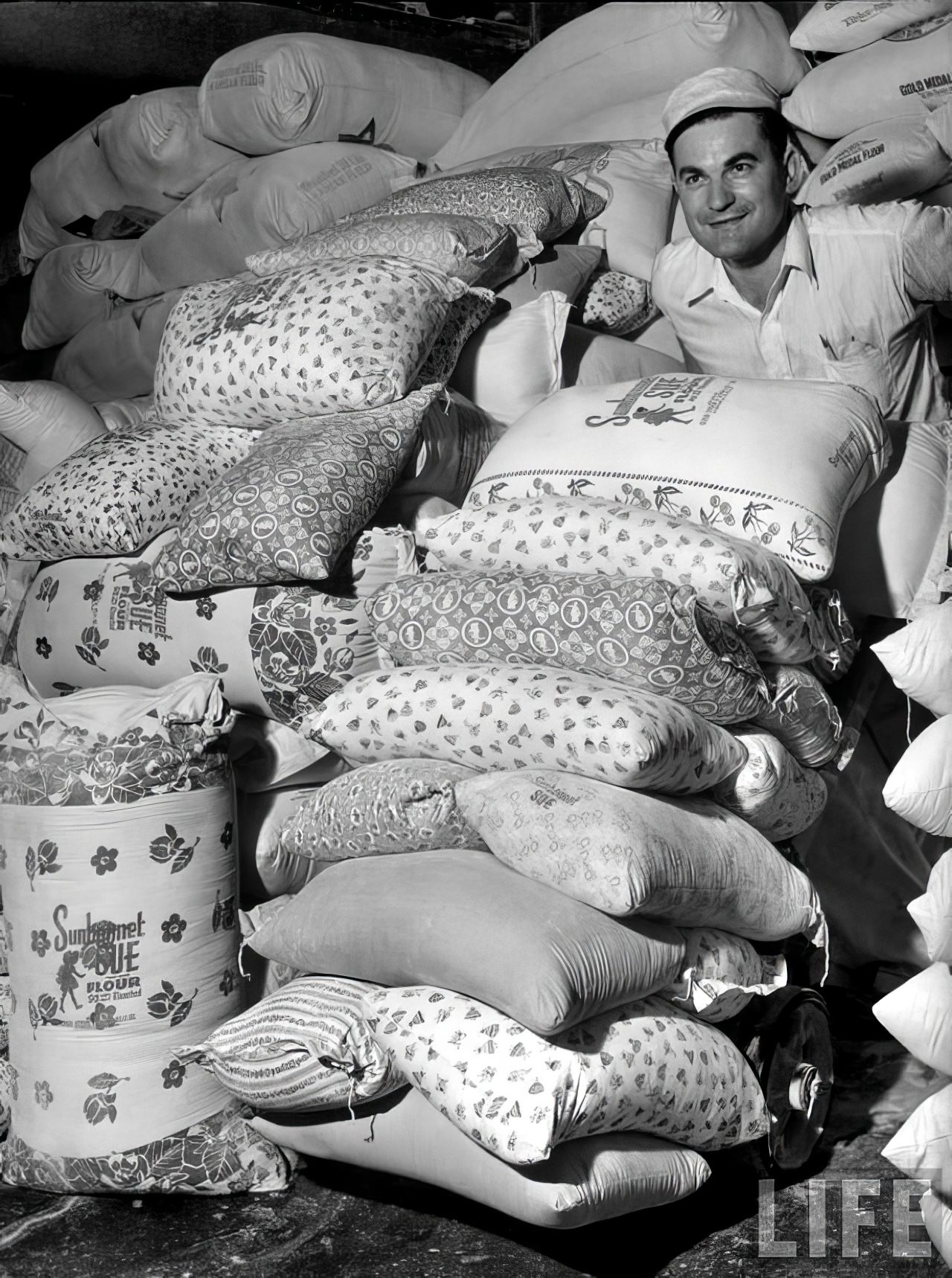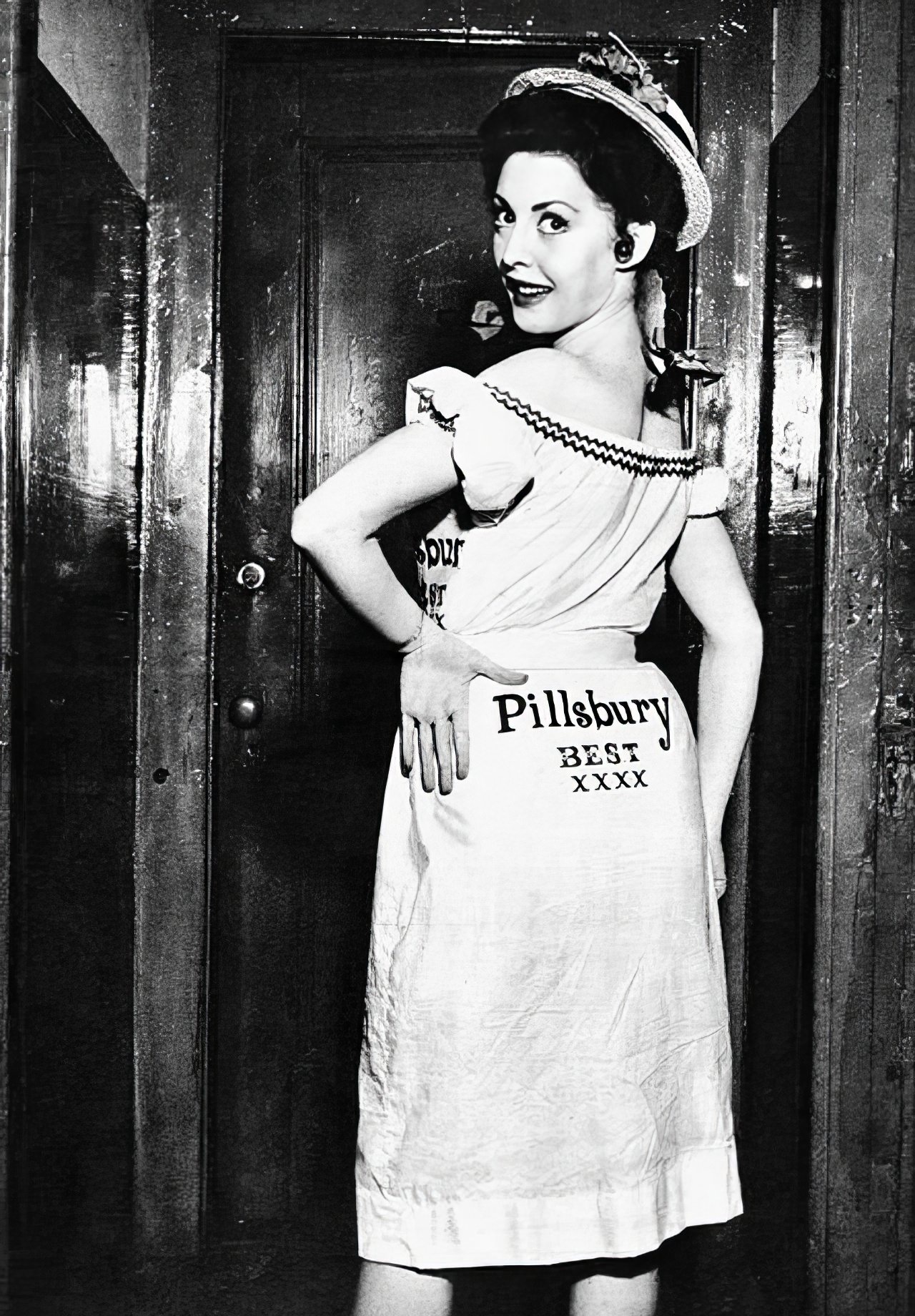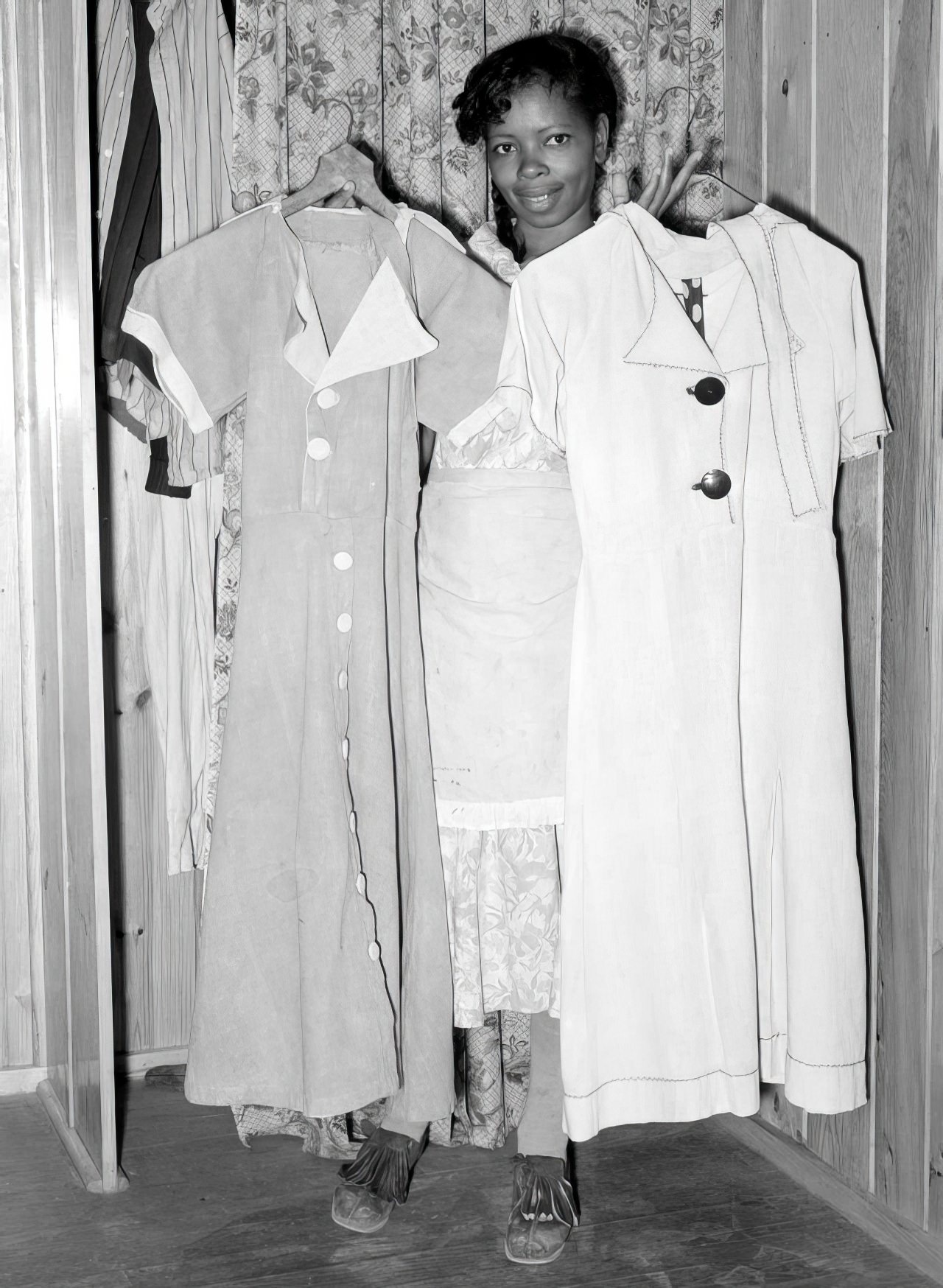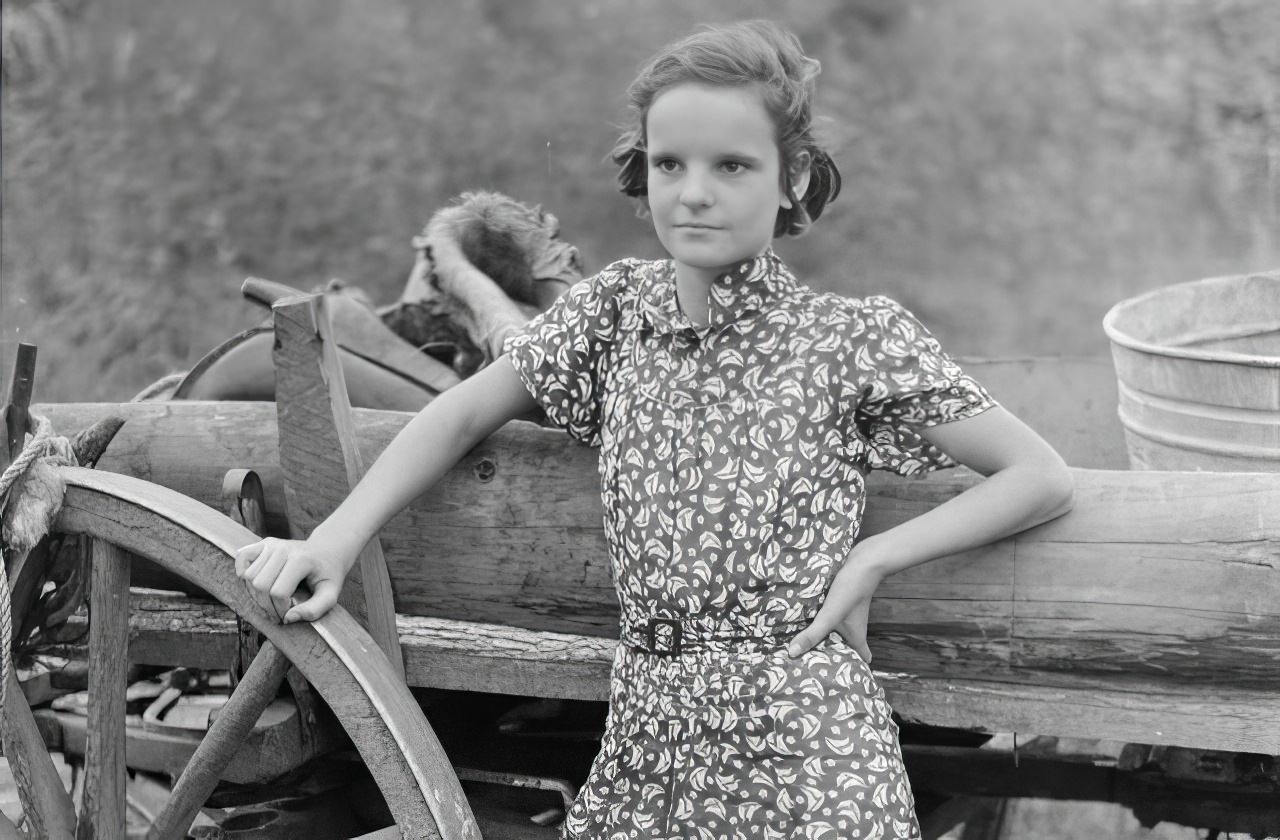The Great Depression was a time of hardship for many Americans. Jobs were scarce, money was tight, and even basic necessities became luxuries. But amidst the struggle, American ingenuity blossomed, and one resourceful trend emerged – the flour sack dress.
Flour sacks, made from sturdy cotton fabric, weren’t just for transporting wheat flour. Thrifty homemakers saw their potential as a free source of material for clothing. These sacks, often adorned with colorful prints and brand logos, offered a surprising variety for creating garments. Women with sewing skills, and even those without, transformed these sacks into stylish and comfortable dresses.
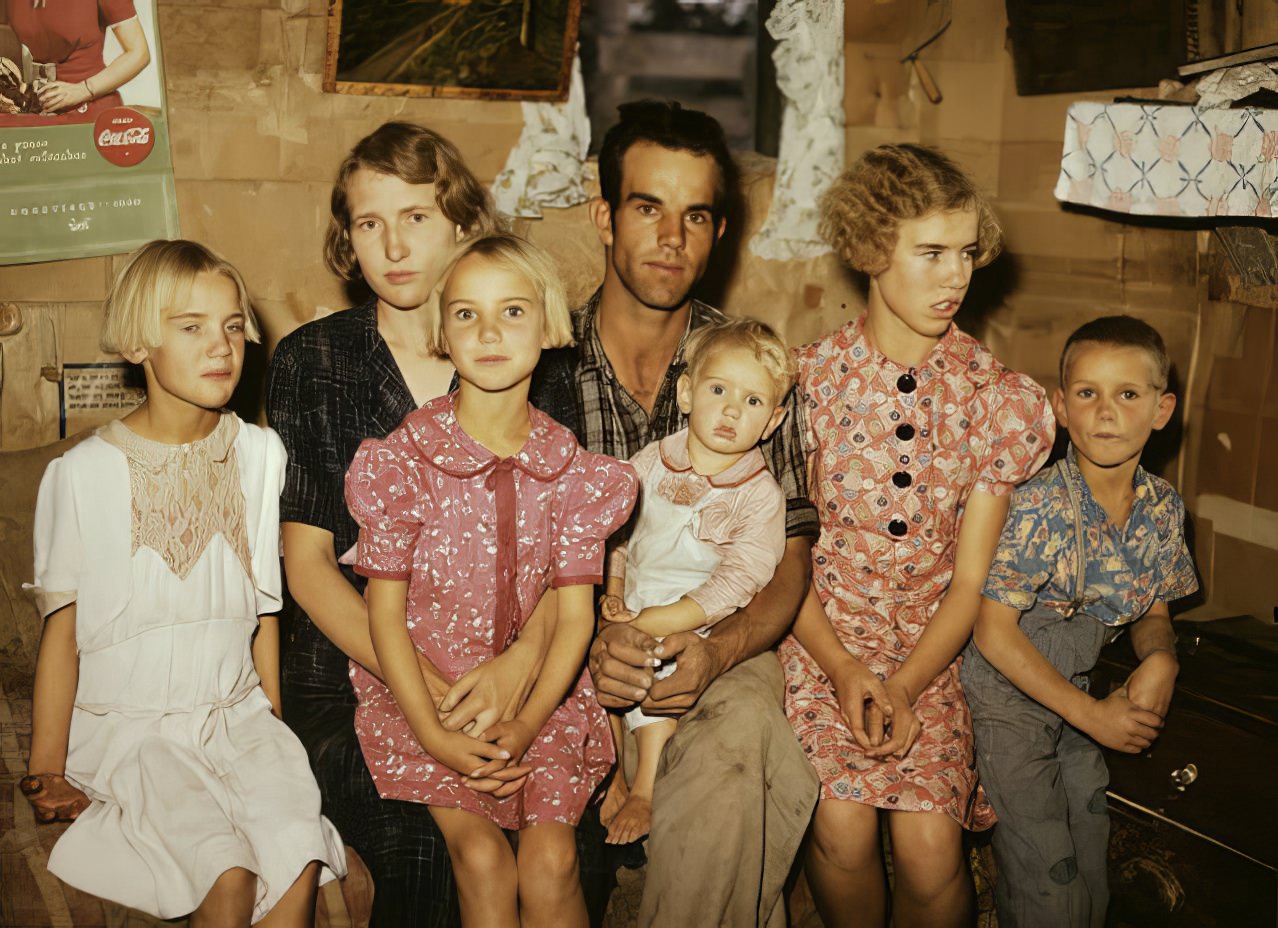
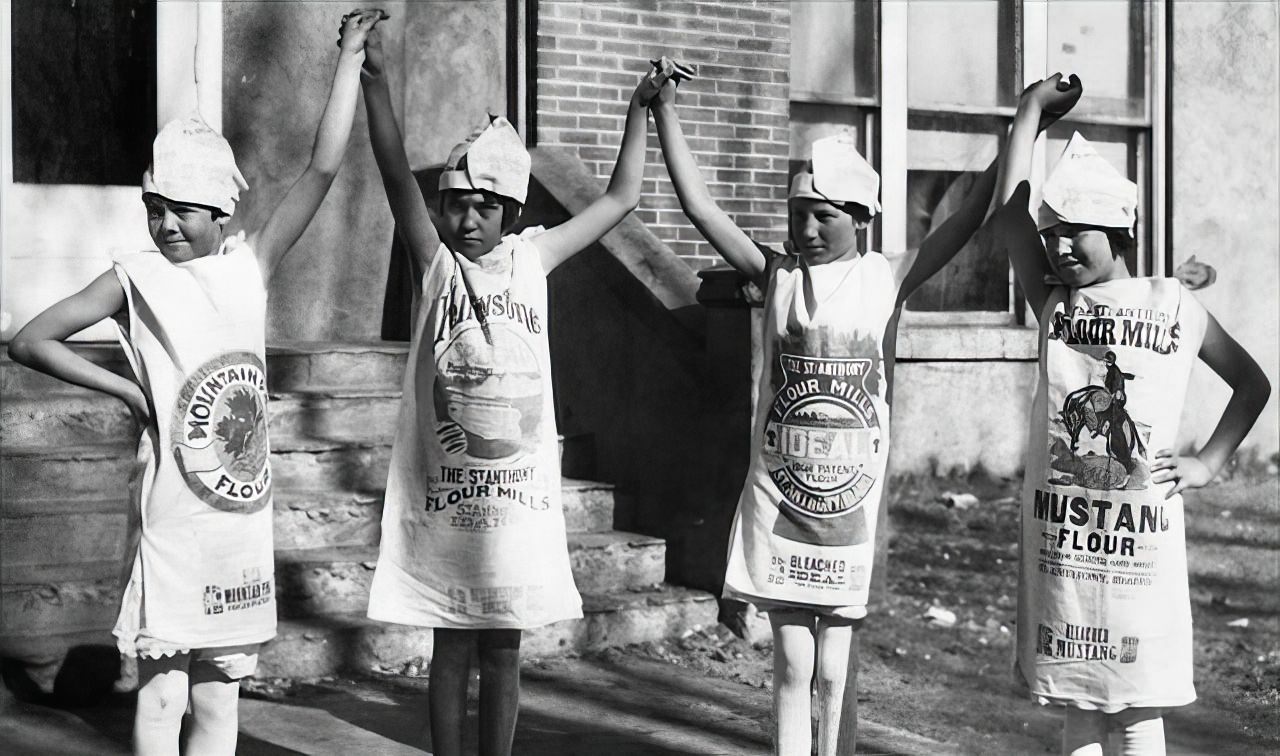
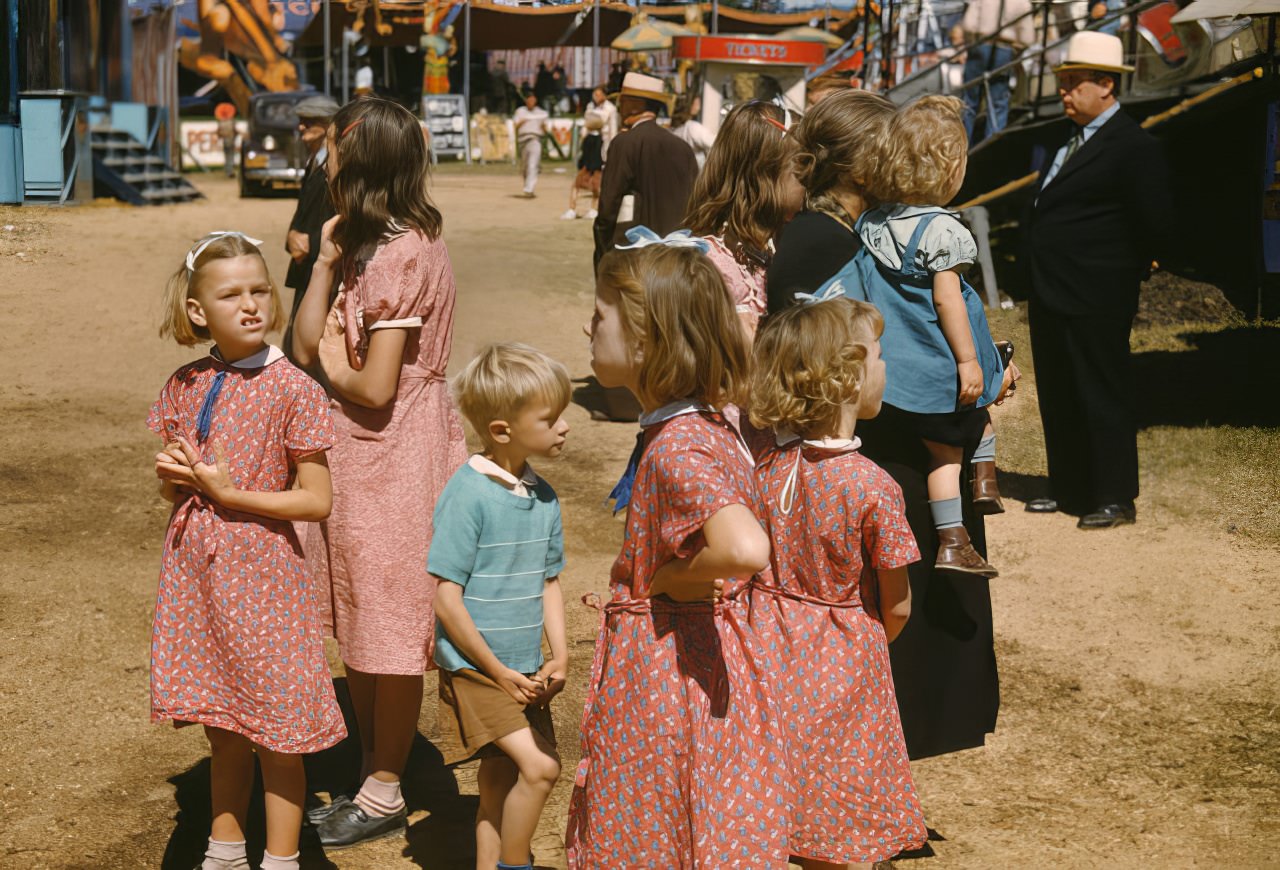
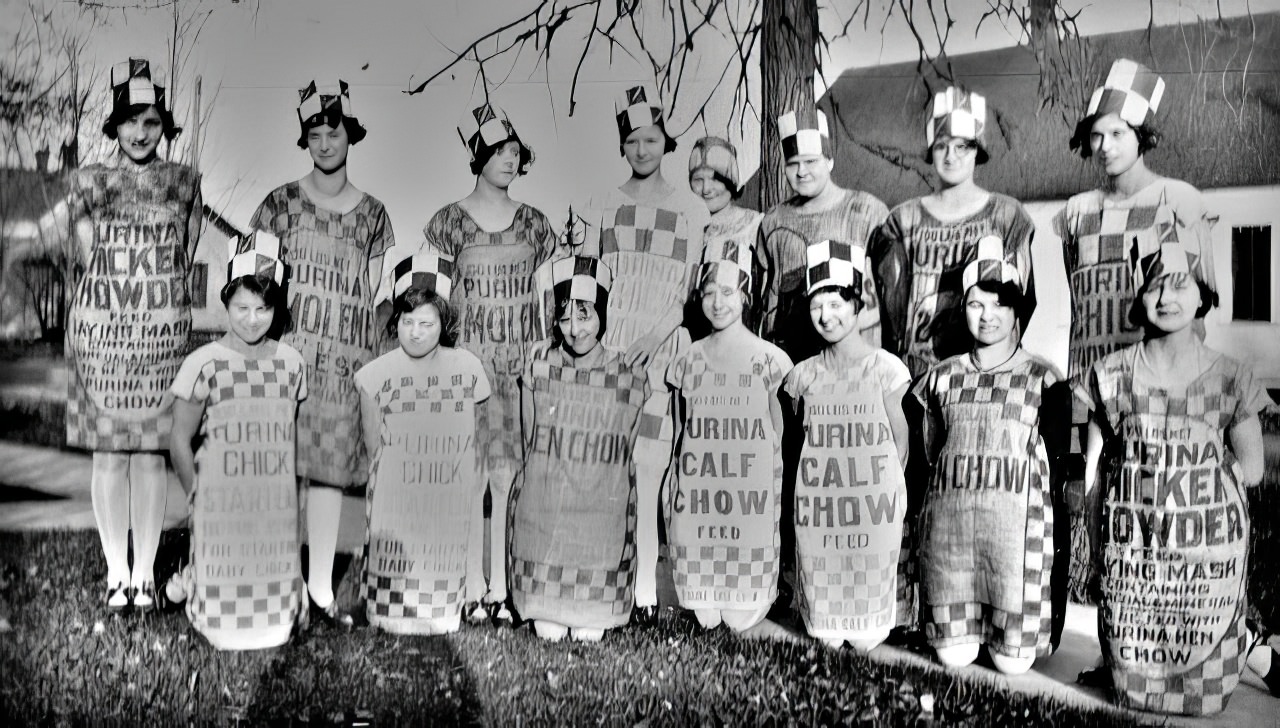
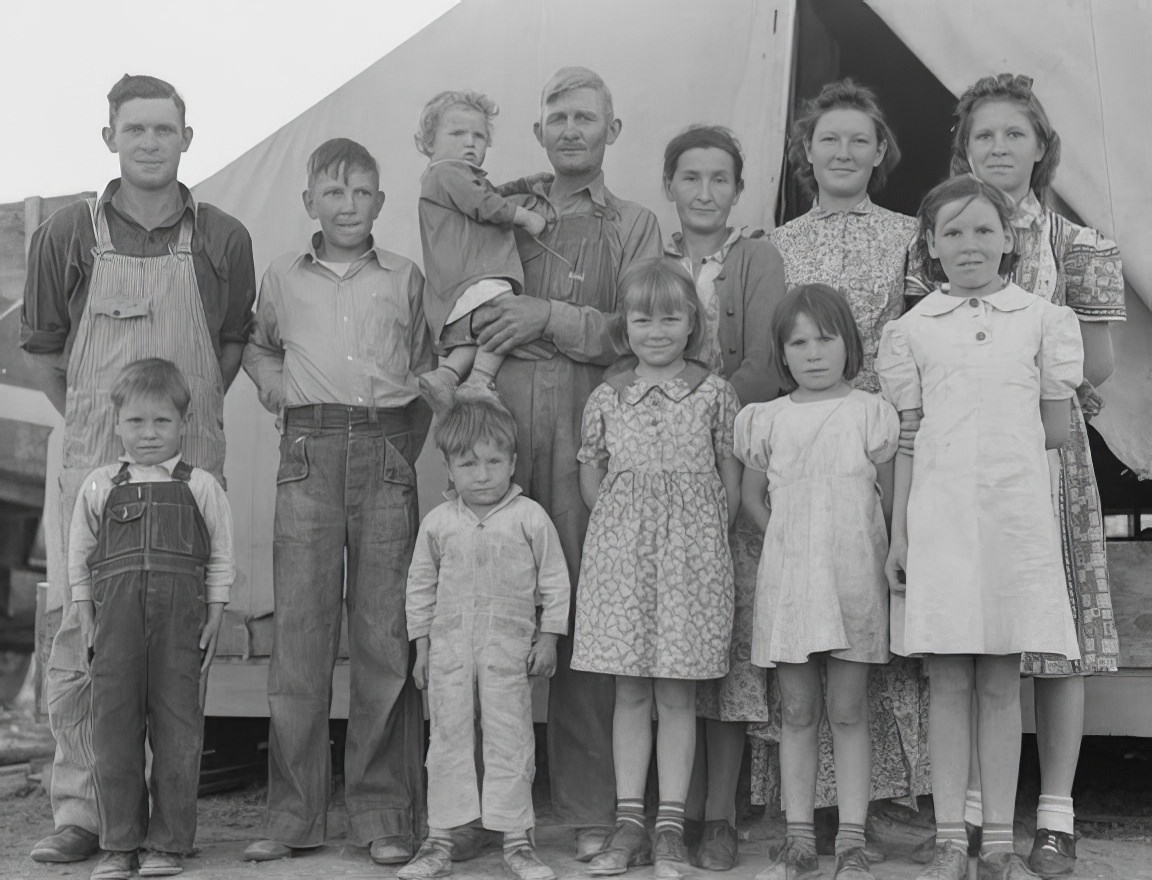
Creating a dress from a flour sack required skill and creativity. Women washed the sacks to remove the flour and branding, then cut and sewed the fabric into dresses, using patterns that ranged from simple to intricate. These dresses, often adorned with lace, embroidery, or ruffles, showcased the wearer’s resourcefulness and fashion sense despite economic constraints. Households also repurposed the fabric for various items, including curtains, dish towels, and baby clothes.
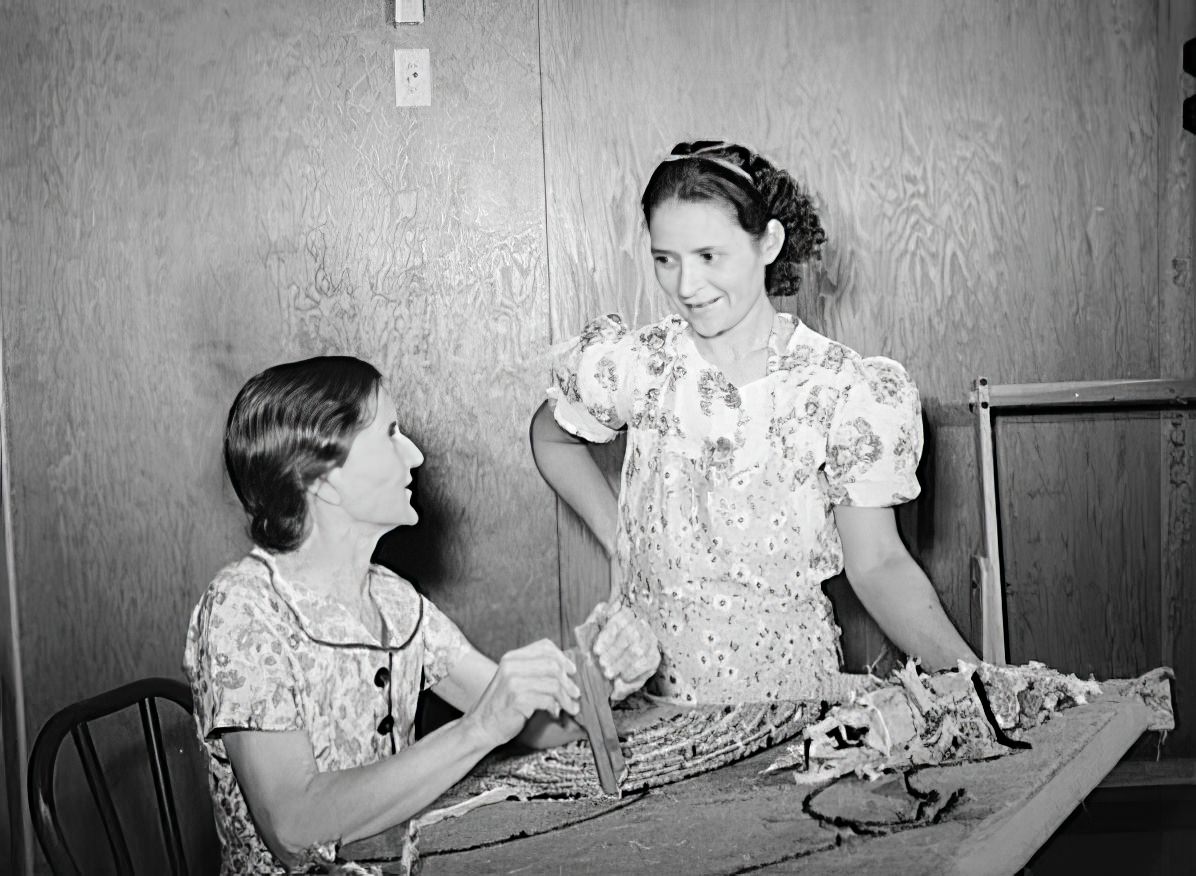
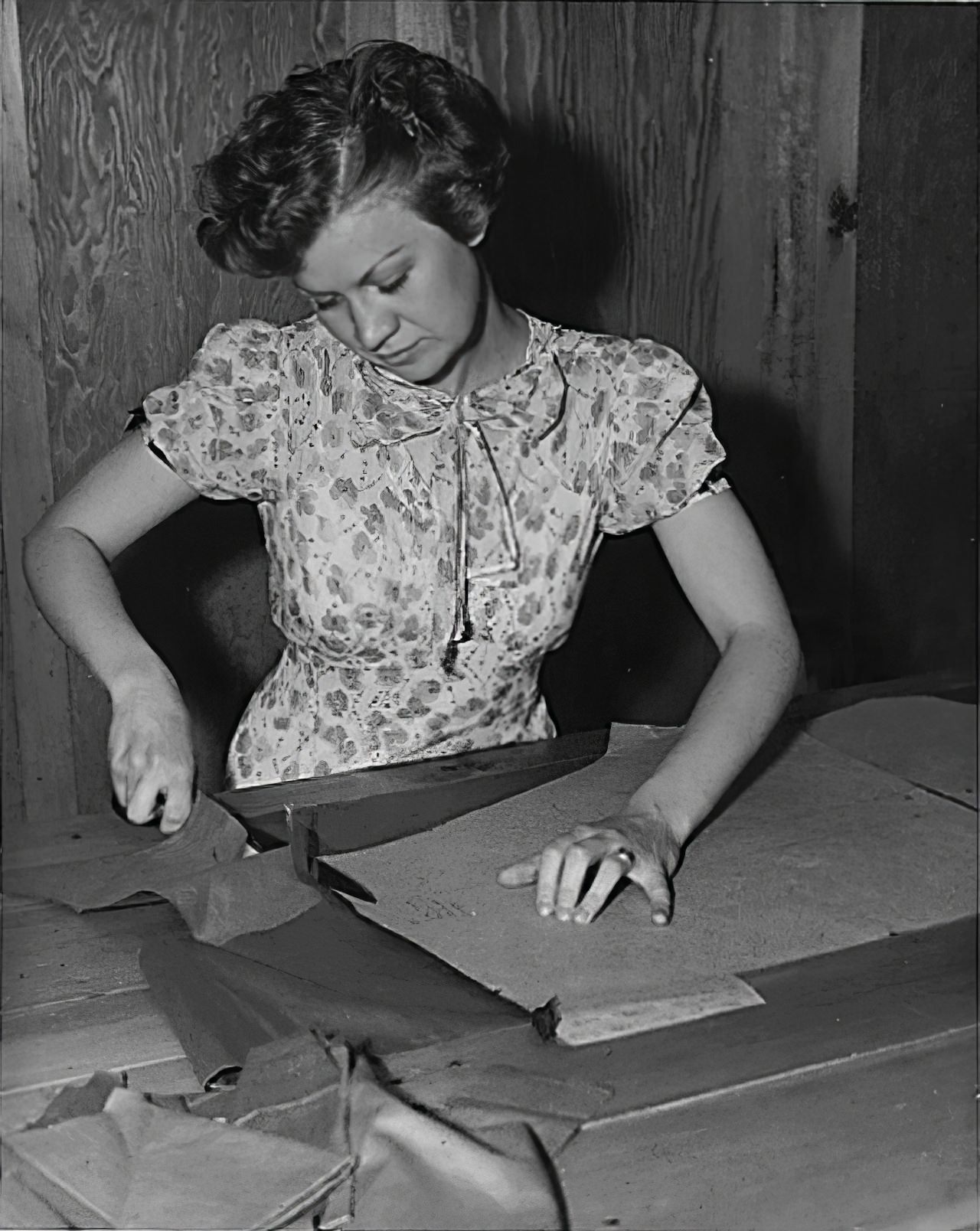
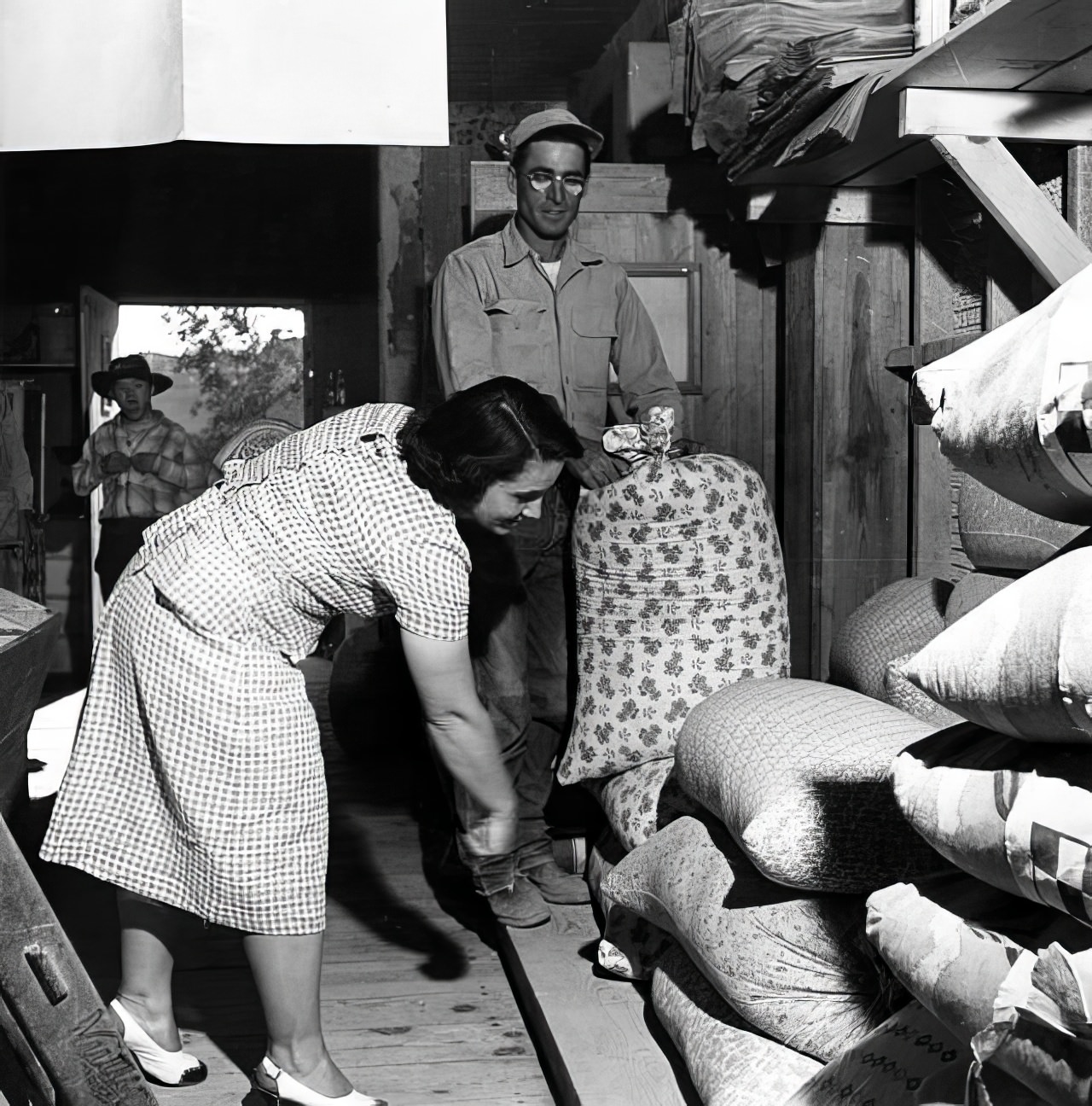
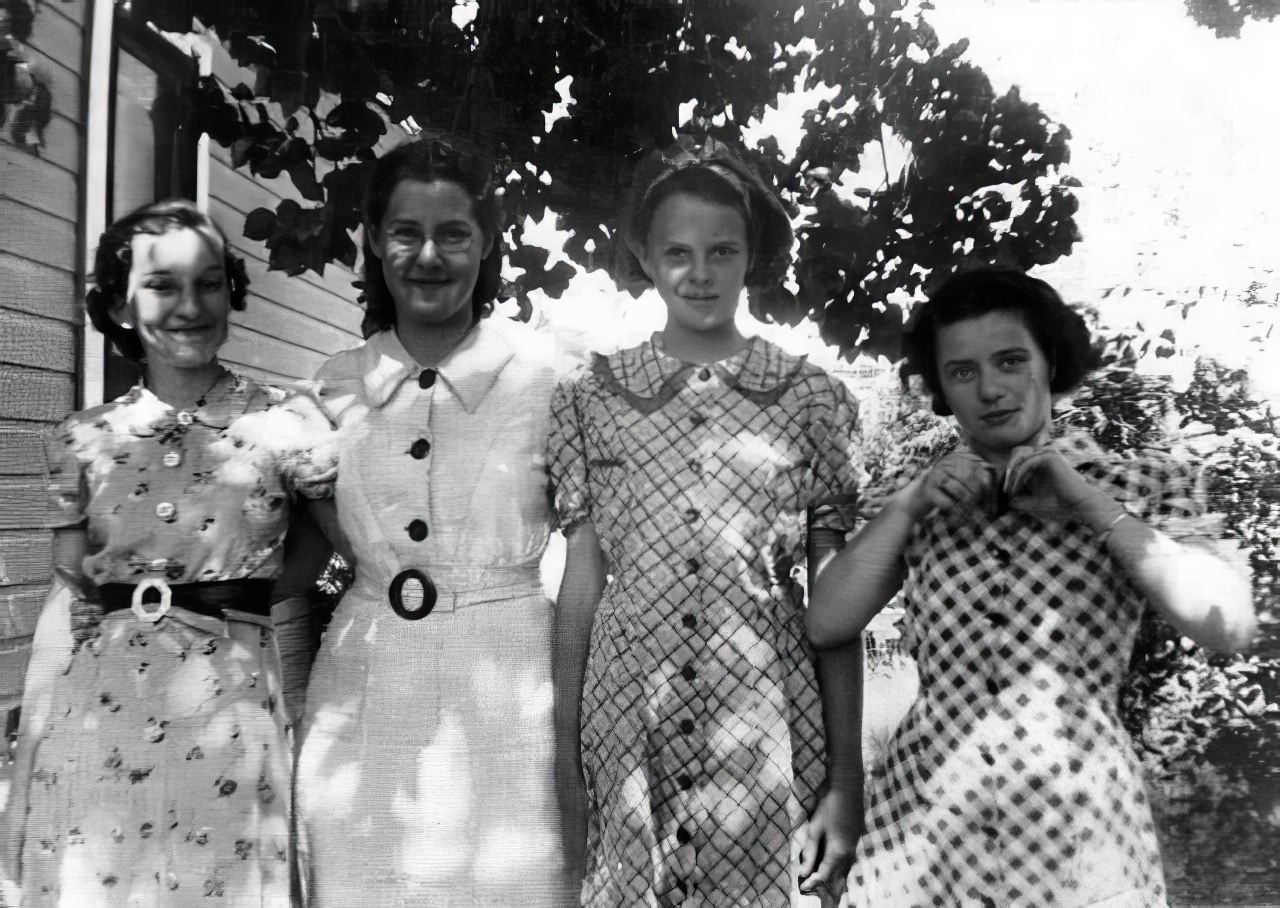
Manufacturers quickly recognized the value of catering to this unintended use of their sacks. They not only improved the quality of the fabric but also engaged in direct marketing strategies aimed at women, highlighting the versatility and attractiveness of their sack designs.
